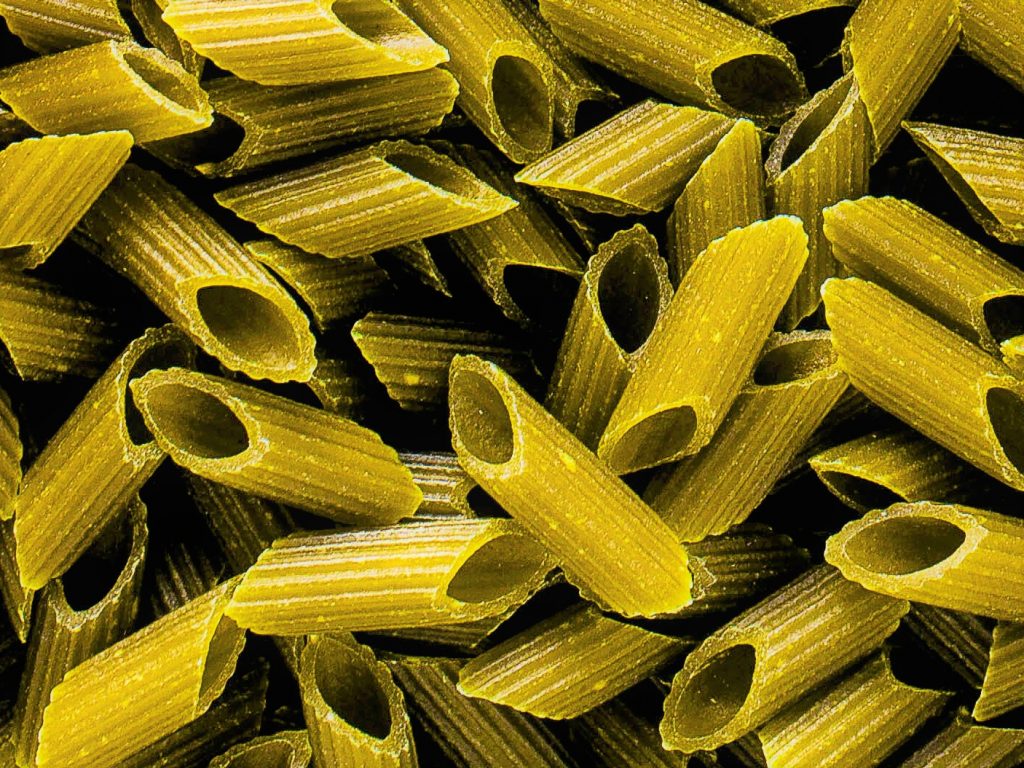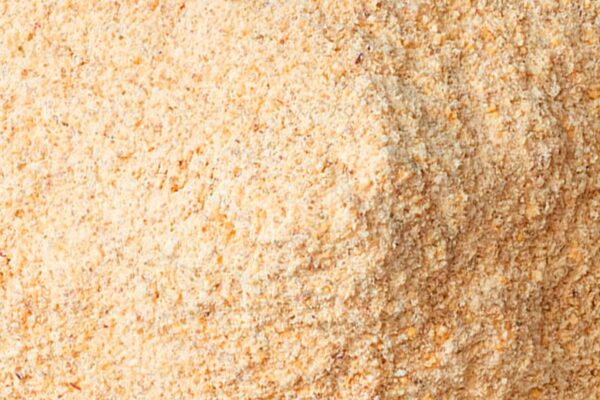Structuring in gluten free
Manufacturers of gluten-free foods often come up against problems relating to the structure of the finished product, how well it holds up during baking/cooking and how it is perceived when consumed due to the absence of the proteins that make up gluten, which acts as a binder and a sort of structural ‘net’. This role must then be performed by the starches contained in the raw materials, which are stored in the form of granules. Their structure must have water-binding sites available to create viscosity in the dough, meaning they must be in a pregelatinized form.
The quality of the role they play is determined not only by temperature-based treatments upstream, but also by the milling process, which must allow the structure of the starch to be maintained and avoid decay and stress. Whether the raw material is native or pre-cooked, milling must preserve its chemical properties and taste/aroma.


